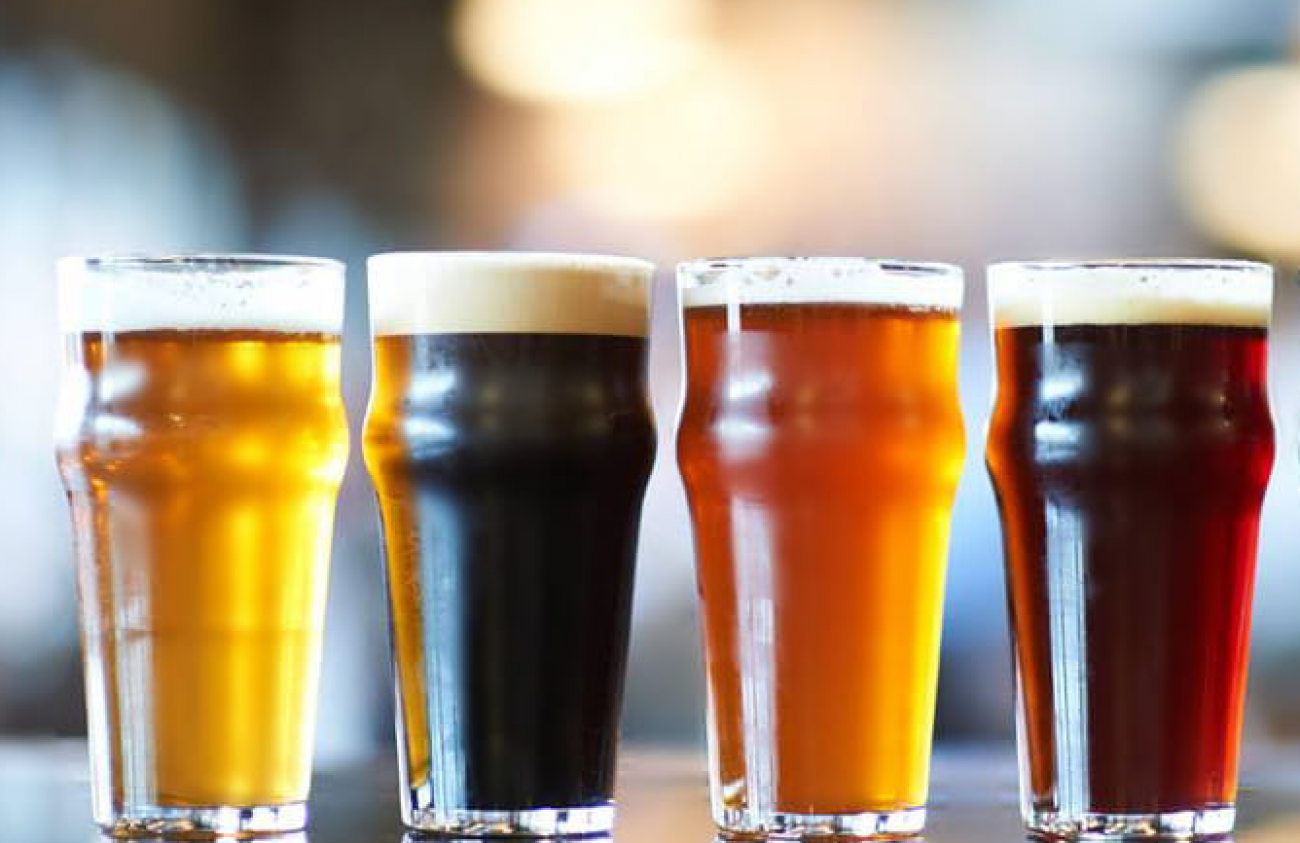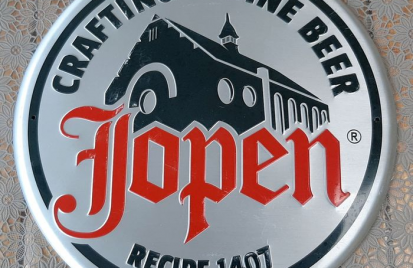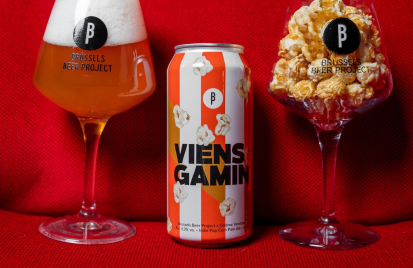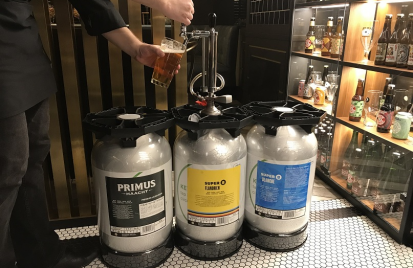A guide to the beer world for all lovers and connoisseurs!

BEER CLASSIFICATION
- First level, type of beer (lagers, ales, spontaneous fermentation beer)
- Second level, types are divided into beer styles (Pilsner, IPA, Stout, Porter.)
- The third level, as part of the styles, brewers brew varieties.
What Is Ale?
Ale - Beer style with its own characteristics and nuances of production. The main distinguishing feature of ale is the cooking process, namely that it ripens at the top of the barrels. It is due to this that the drink turns out to be more saturated, when compared with the lager, with an alcohol content of 5% or higher, depending on the style.
For a long time, all beer was brewed on horseback fermentation, but from the 15th century, lagers began to appear on the stage, and by the 20th century, ale brewing was almost withered.
Now ale has again become popular thanks to the craft revolution. Complex ethereal tastes and aromas were perfect for small American brewers who wanted creative expression. And the most fashionable ale style was India Pale Ale, originally an English style that made great friends with American and New Zealand hops.
What Is Lager ?
Lager - A type of beer whose manufacture uses a grassroots fermentation followed by fermentation at low temperature. Currently, this is the most common type of beer, whose share in global consumption reaches 80%. Modern camps appeared at the beginning of the XX century, thanks to the scientific and technological revolution, progress and the advent of refrigeration equipment. Today 95% of all beer sales in the World are ordinary light lagers.
Spontaneous Fermentation Beer.
Beer infestation with wild yeast or bacteria for the brewer almost always turns into a tragedy. Such a drink is often unsuitable for drinking. But some masters were able to use the infection of beer to get unusual tastes and aromas. So in Belgium, Geuze and Lambic were born, in Germany - Goze.
The main "chip" technology is clear from the name. The brewer allows the beer to catch wild yeast or bacteria on its own, rather than using cultured yeast. The result is a refreshing sour taste, wild or soaked apples in taste and aroma, hay, the so-called "livestock palace", complex shades, champagne dryness and galization and many other pleasant moments. At the same time, beer is very “geographical” - in every country, in every region, in every city and village, and even in every building there is a set of wild yeast and bacteria. Repeat does not work.
News & Events
-
Sep 19
Craft Pilsener - new from Jopen brewery!
The Jopen Brewery is now the largest independent craft brewery in the Netherlands. Jopen brewers...
-
May 05
Viens Gamin - popcorn in your glass!
"Child! Child! Come! It's a kid for laughs! Child! Come on, come on... You won't be...
-
Dec 16
Premium beer for your event
Friends ! Premium Beer - at home, in the country, in the office, in...



